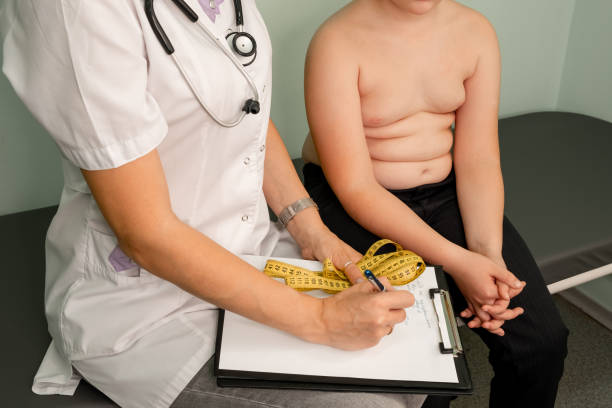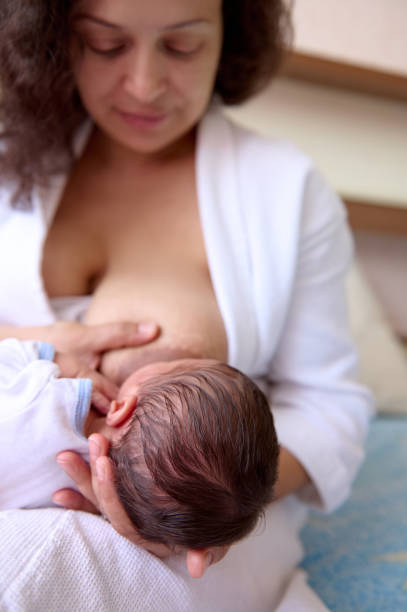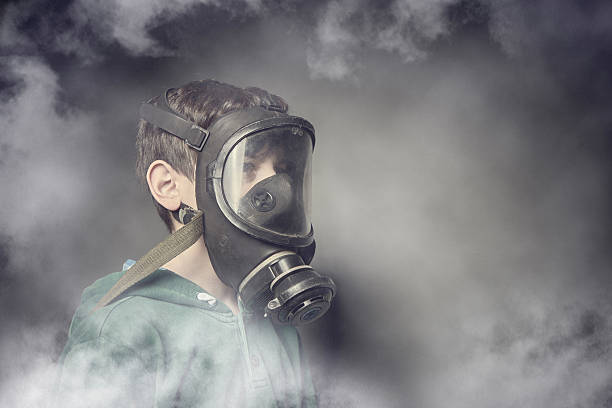Ever heard, ‘What’s wrong with you? Is it because you look bigger? He is not your mate o! He is older than you…’ – Very common statement, right?
The Lifestyle of this edition has its focus on –
‘Childhood obesity.’ Why do some children appear ‘bigger than their age’ – given rise to tags like, ‘Orobo,’ ‘Biggy,’ etc, and their parents called, ‘Mummy Biggy’ and ‘Daddy Biggy.’? What causes this, and can anything be done about it? We need to educate ourselves right here and now.
Childhood Obesity is a pressing public health concern and by understanding the causes, consequences, and prevention strategies, one can promote healthy lifestyles and support the children tagged ‘Orobo’ in achieving and maintaining a healthy weight.
Obesity in children is defined as a body mass index (BMI) above the 95th percentile for age and sex. According to the World Health Organization (WHO), childhood obesity affects:
18% of children and adolescents worldwide (ranging between ages 5 -19 years.) 18% is a huge number, sometimes when you see heads turning back to look at what amazes the person looking, it is sometimes a second gaze at a child that looks way bigger than his or her age. Their faces betray them. This does not mean that adults should be unnecessarily big; rather it is a call to affected people to do something.
Causes and Risk Factors
Childhood obesity is influenced by a combination of genetic, environmental, and lifestyle factors:
1. *Genetics*: Family history and genetic predisposition can play a role. Meaning it could be inherited.
2. *Diet*: Consuming high-calorie, high-fat, and high-sugar foods and drinks. Some parents tend to indulge their children by buying everything and anything for them. Some say they suffered while they were young and wouldn’t want their children to experience same, while others who have waited a long time to have children feel it is the best way to show them love. Illiteracy has made some others to see increase in the weight of their children as a way of showing the world how rich or wealthy they have become.
3. *Physical inactivity*: Children with house helps, washing machines, driver pick-ups and drop-offs are guilty of sedentary lifestyle, lack of exercise, and excessive screen time, resulting in obesity.
4. *Socioeconomic factors*: ‘The terms ‘Take-away’ and ‘Sharp-sharp,’ have contributed to limited access to healthy food as many want their food as fast as possible, giving birth to many fast food joints where sugary and heavy calorie foods are sold to the children. Also, physical activity opportunities are limited and you know that, ‘All work and no play makes Jack a dull boy,’ but this time, ‘… an obese child.
Health Risks
The consequential effects of this lifestyle are as follows:
1. *Immediate health risks*:
– Respiratory problems (asthma, sleep apnea)
– Orthopedic problems (joint pain, mobility issues)
– Skin problems (acne, skin infections)
– Emotional and psychological problems (low self-esteem, depression)
2. *Long-term health risks*:
– Increased risk of developing type 2 diabetes, high blood pressure, and cardiovascular disease
– Higher risk of certain cancers (breast, colon, kidney)
– Reduced life expectancy which no parent would like to see.
What Lifestyle should an Obese Child Embrace and how best could this be handled?
Let’s consider the approach first.
The Approach is basically one, and that is counseling.
*Counseling:* As simple as it sounds, it goes a long way to help induce cooperation on the side of the patient – in this case: ‘The Child.’ Booking sessions with Nutritionists, Doctors or A Pharmacist would go a long way to help the child cooperate with his or her parents on the new plan or new lifestyle to be embraced.
Now, either for those who are Obese or for those who aim to prevent it, the following lifestyle is key:
1. *Healthy lifestyle habits*:
a. Encourage balanced diets with plenty of fruits, vegetables, whole grains, and lean protein sources
b. Promote regular physical activity (at least 60 minutes/day)
c. Limit screen time and sedentary activities
2. *Family and community involvement*:
a. Engage parents, caregivers, school and communities in promoting healthy lifestyles.
b. Support schools in implementing healthy food options and physical activity programs.
3. *Healthcare provider role*:
a. Conduct regular BMI screenings and monitor growth
b. Ensure to provide guidance on healthy lifestyle habits and refer to specialists when needed.
Teaching children to ‘Eat to Live’ and to ‘Make Food their Medicine,’ would go a long way to make them good looking, smarter and help them avoid the embarrassment or low self esteem caused by the look obesity gave them and the ‘Who is Older question can be laid to rest or answered correctly.’





